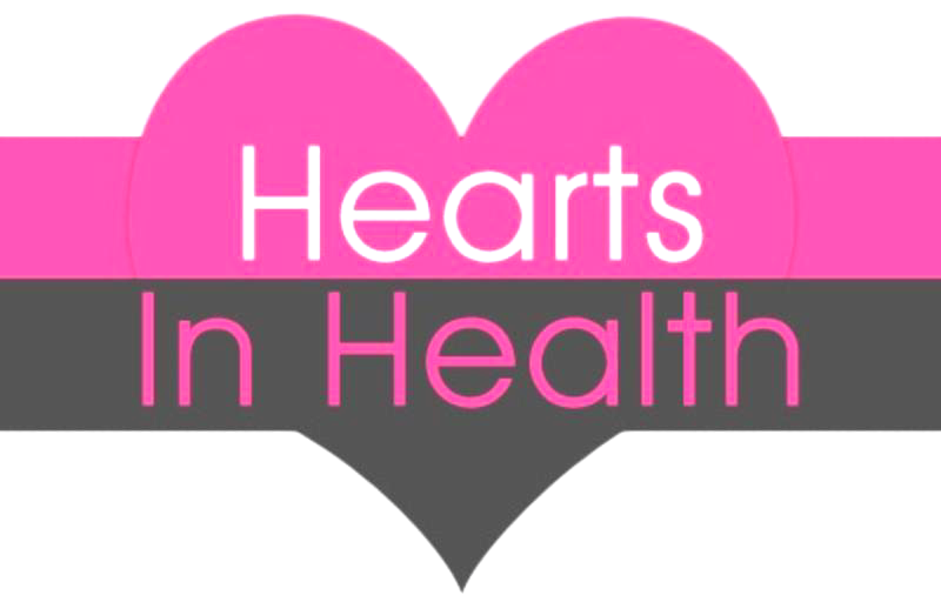FBT and Complementary Therapies
by Bivi Franco on 05/11/15
If you have been around FBT for very long, you will probably have heard or read the term integrative oncology. This term is the scientific back bone of who we are as an organization and can be defined as “…a science and a philosophy that focuses on the complex health of people with cancer and proposes an array of approaches to accompany the conventional therapies of surgery, chemotherapy, molecular therapeutics, and radiotherapy to facilitate health” (Deng 85). But what determines a therapy falling under the umbrella of integrative oncology? And can what FBT does truly be considered part of integrative oncology?
Perhaps it is helpful to first determine the difference between complementary therapies and alternative therapies. According to the Journal of the Society for Integrative Oncology, ‘“Alternative” therapies are typically promoted as a substitute for mainstream care…have not been scientifically proven, often have no scientific foundation, and have sometimes been disproved. However, complementary medicine makes use of unconventional [treatments]…but that have known efficacy’ (86). Alternative therapies can include anything from specific diets to the use of various botanicals and supplements. The highest recommended complementary therapies by the Society for Integrative Oncology(SIO) include mind-body techniques and manipulative and body-based practices. Mind-body techniques include meditation, guided imagery, and expressive arts while manipulative and body-based practices include massage, reflexology, and exercise (88).
So how does what FBT does fit into all this? Our programs with the patients are what would be considered Arts in Health and fall under the category of mind-body techniques. We allow a space for the patients to both engage their mind and their emotions in a safe environment. The SIO states, “The mind-body approach and its techniques…such as relaxation, meditation…self expression, and exercise, provide specific psychological and physiologic benefits, that is, decreases in stress; improvements in sleep, mood, and pain…and improvement in immunity” (92). And while there is scientific evidence that the programs we provide actually benefit patients, the most important aspect of what we do is that it is always in partnership with the conventional care the patients are receiving from their doctors. We are never competing with the medical staff but rather providing another outlet for patients to continue their current care.
FBT has always strived toward one goal, and that is to provide hope to keep fighting one more day. We truly stand behind the heartbeat of integrative oncology: “[the] awareness of and sensitivity to the mental, emotional, and spiritual needs of a patient” (87). Our mission is to continue to provide our programs in support of the amazing work that doctors and nurses are doing daily in the lives of their patients.
For more information about the impact that FBT is making in our community, please visit our website www.feelbeautifultoday.org.
Reference:
Deng GE, Frenkel M, Cohen L, et al. “Evidence-Based Clinical Practice Guidelines for Integrative
Oncology: Complementary Therapies and Botanicals.” Journal of the Society for Integrative Oncology. 2009;7:85–120.




